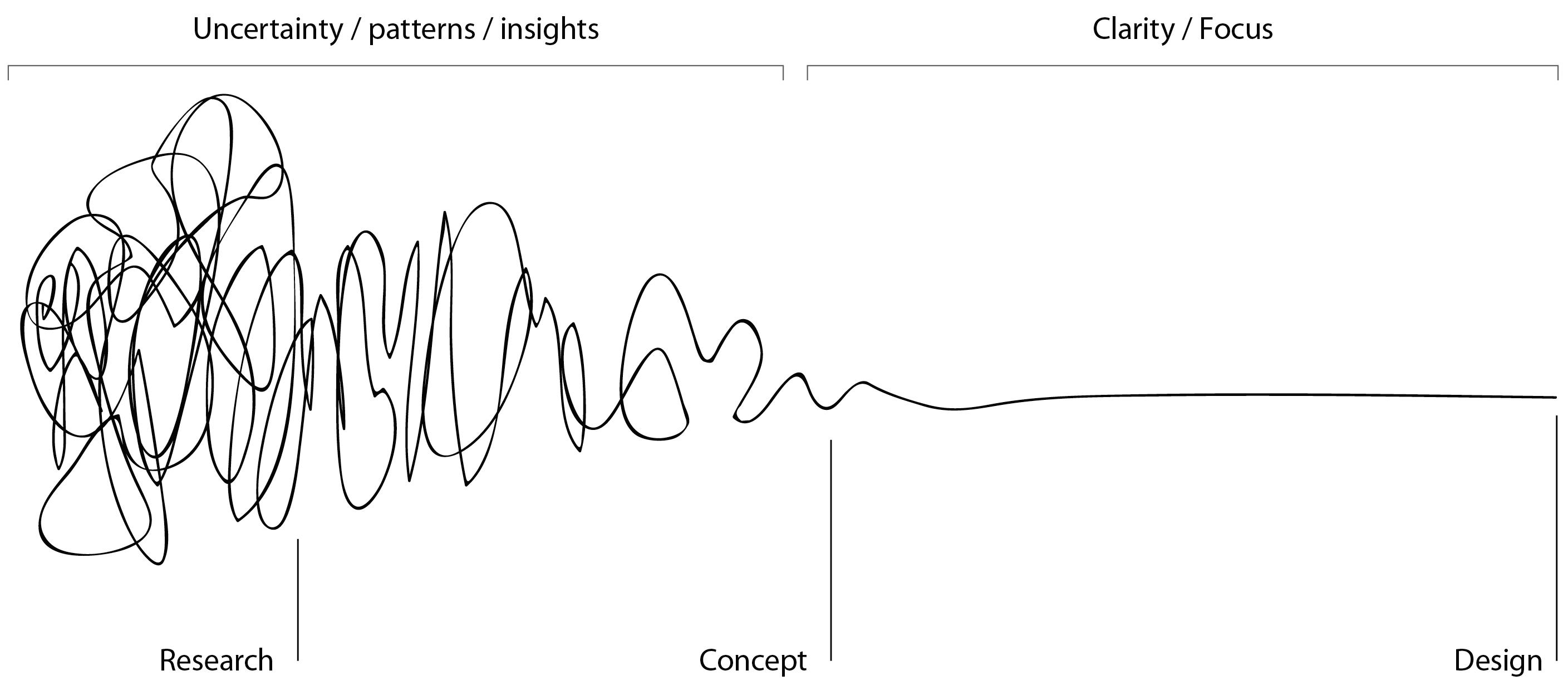What is Social Innovation? A process that leads to relevant social innovation involves listening, learning, and co-creating promising solutions to complex problems that defy easy answers. We call these “wicked” problems. Wicked problems are full of tensions and defy simplistic answers. They are characterized by a low level of agreement on what the root of the problem is and often entail contradicting perspectives on what might be the best way to address it.
THEORY OF CHANGE AND METHODS
TYPOLOGY OF PROBLEMS HUMANS TEND TO TACKLE
Simple
Complicated
Complex
adapted from Cynefin Framework
Simple problem: baking a cake (follow the recipe and you’ll arrive at the same solution every time) Complicated problem: sending a rocket to the moon (work the problem long enough, break down the component parts, and complicated solutions can be found) Complex problem: raising a well-rounded human (no two babies are the same way, despite being raised the same). Recipes, equations, and formulas won’t cut it with a complex challenge.
12
Tackling wicked and complex problems is emotional, messy work. It defies definition and is filled with uncertainty. Once prototypes have been tested, a solution only becomes a true social innovation when it spreads and scales at a systemic level. This is a point of debate in the social innovation practitioner community. Often, local solutions won’t scale and their strength remains local. Tactically, social innovation solutions strive to tackle problems at their root. Social innovators are open to experimenting with new pathways and possibilities. Good social innovators don’t only go after the new; they look at traditions and what is already working, as well as question status-quo assumptions. As Canadian social innovator Al Etmanski says, “Innovation is a mix of the old and the new with a dash of surprise.”





















